Bat Navigation
Bats have tiny hairs on their wings that help them maneuver in complete darkness.


THE SCIENCE OF FACES: when pigeons look at us, and the genes behind how we look at faces. Also: what causes hot flashes, determining your age from your DNA, and the hormone behind stress eating.
Using precision instruments, scientists have discovered a second dolphin echolocation signal previously unknown to science.
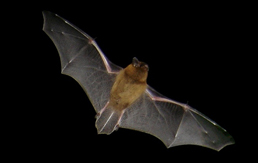
NOISE & NAVIGATION: Bats maneuver in the dark with the help of microscopic wing hairs, researchers expose a dolphin's secret sonar, killer whale ears inspire better microphones, and how a tiny bug with a big sound has eluded biologists for centuries. Also: Do humans have an internal compass?
Reindeer can detect ultraviolet light with their retinas, which may help them survive dark Arctic winters.
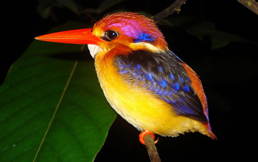
The genes behind unfaithful finches, mapping the diversity of bird plumage colors, what feathers can tell us about pollution, and what baby birds drink. Also: could living with a dog or cat decrease a child's risk of developing allergies?
A listener asks: How do baby birds get enough water when they’re still in the nest?
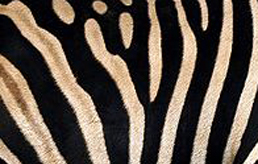
Cultural revolutions in humpback whale songs, a barcode scanner for zebra stripes, a prehistoric toothache, and changing skull sizes in the Iberian Peninsula.
Zebra stripes resemble barcodes, and could help researchers keep track of each member of the herd.
The new science of aeroecology uses modern tools such as radar and thermasl imaging to follow the migrations of flying birds, bats, and insects.
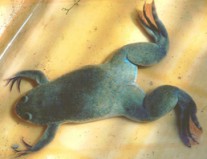
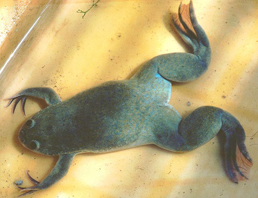
Regional dialects in gibbons, a squid attack pheromone, bats and carnivorous plants, and why frogs are slimy.
At least one carnivorous plant appears to have lost its taste for insects in favor of bat guano.
ANIMAL STORIES: An Australian bird benefits when its predator sings, what happens when bees get sleepy, the invasion of the giant fish, eating insects to slow global warming, and a female pterodactyl fossil is discovered in China.
